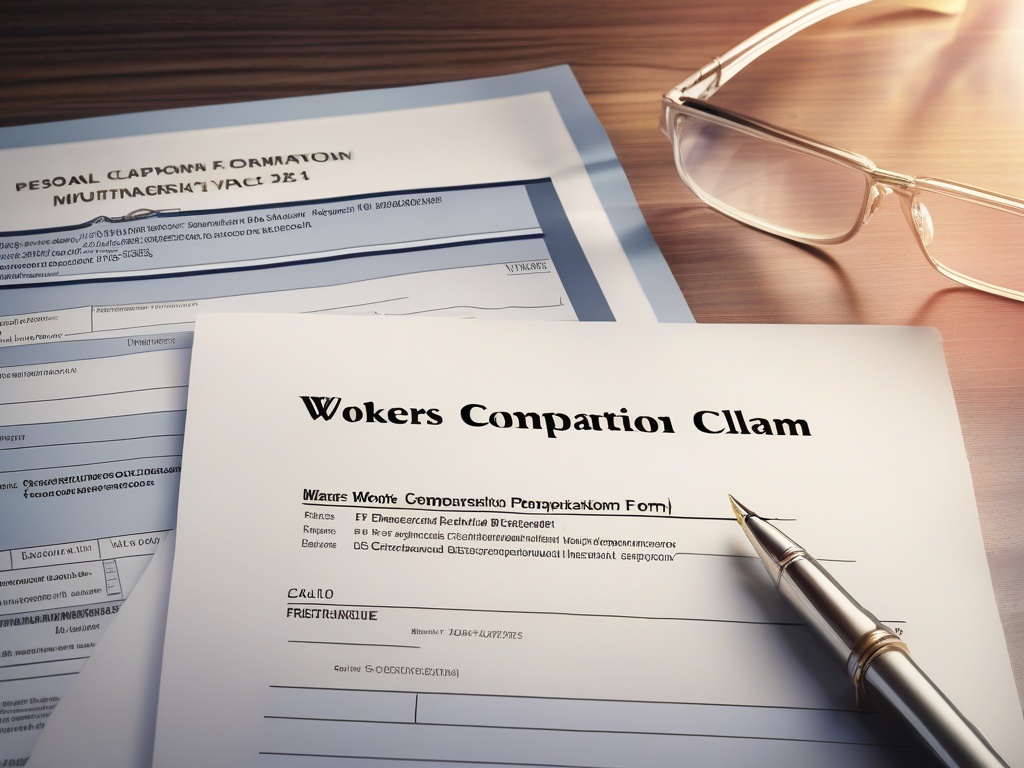Unveiling the Battle: Workers’ Compensation vs. Personal Injury Lawsuits – Which Path Protects You Better?
When accidents happen on the job or due to someone else’s negligence, understanding your legal options can be a game-changer. Workers’ compensation and personal injury lawsuits are two primary avenues for seeking justice and compensation, but they serve different purposes and come with distinct advantages and limitations. Workers’ compensation provides a streamlined, no-fault system designed to quickly assist injured employees, ensuring they receive benefits regardless of fault. In contrast, personal injury lawsuits allow victims to pursue full damages from negligent parties, but often require proving fault and can involve lengthy litigation. Recognizing these fundamental differences is crucial in choosing the best path to protect your rights and maximize your compensation.
Choosing between workers’ compensation and a personal injury lawsuit isn’t merely a legal technicality; it’s a strategic decision that can significantly impact your recovery and future security. Workers’ compensation is typically faster, with benefits covering medical expenses and a portion of lost wages, providing essential support without the need to establish fault. However, this often means sacrificing the right to sue your employer for additional damages. Conversely, personal injury lawsuits can potentially yield higher compensation, including damages for pain and suffering, emotional distress, and other non-economic losses, but they require proving negligence and are subject to longer, more complex legal processes. Ultimately, your specific circumstances, injury severity, and the nature of the incident determine which route offers better protection.
“meta_keywords”: “Workers’ Compensation, Personal Injury Lawsuits, Legal Comparison, Injury Claims, Employee Rights, Compensation Strategies, Workplace Accidents, Negligence, Legal Advice
The Power Play: Key Differences in Coverage and Compensation Between Workers’ Compensation and Personal Injury Claims
Understanding the distinction in coverage and potential compensation is pivotal when choosing your legal route after an injury. Workers’ compensation typically offers a comprehensive safety net that covers medical expenses and partial wage replacement, regardless of who was at fault. This system is designed to minimize legal hurdles, ensuring injured employees receive prompt support. However, the scope of damages is usually limited to economic losses, which means that additional damages such as pain and suffering are generally not recoverable under workers’ comp.
On the other hand, personal injury claims open the door to a broader spectrum of damages. Victims can seek compensation not only for medical bills and lost wages but also for intangible losses like emotional distress, disfigurement, and loss of enjoyment of life. This comprehensive protection stems from the ability to prove negligence or fault, which can lead to significantly higher payouts. Still, this process demands substantial proof and often involves protracted legal battles that can complicate and delay the recovery process.
When contrasting these two legal avenues, it’s crucial to recognize that workers’ compensation offers rapid relief with guaranteed benefits but limited scope. Conversely, personal injury lawsuits, while potentially more lucrative, require navigating complex legal terrain and establishing fault. The decision hinges on your specific circumstances, such as the severity of injury, the circumstances of the accident, and whether additional damages are justifiable and necessary for your long-term recovery.
Navigating Legal Frontiers: Strategic Advantages and Pitfalls in Workers’ Compensation and Personal Injury Litigation
When faced with an injury, whether on the job or due to negligence, the legal landscape can appear daunting. The choice between pursuing workers’ compensation or a personal injury claim often hinges on understanding each route’s strategic strengths and inherent vulnerabilities. Employers and injured parties alike must carefully weigh these factors to craft an approach that maximizes benefits and minimizes risks.
One of the most compelling advantages of workers’ compensation lies in its speed and simplicity. The system’s no-fault principle ensures that injured employees receive prompt benefits, often without the burden of lengthy legal proceedings. This is particularly advantageous when swift medical treatment and income replacement are paramount. However, this efficiency comes with a significant trade-off: the limitations on damages. Typically, workers’ comp restricts recovery to economic losses, precluding compensation for pain, suffering, or emotional distress—elements that can be crucial for victims seeking holistic recovery.
Conversely, personal injury lawsuits afford a broader spectrum of remedies, allowing victims to pursue full damages for both economic and non-economic losses. This comprehensive approach can be especially vital in cases involving severe injuries, disfigurement, or emotional trauma. Yet, this path demands an intricate process of proving fault, which involves gathering substantial evidence, navigating complex legal procedures, and risking lengthy delays. The potential for higher payouts must be carefully balanced against the uncertainty and emotional toll of litigation. Strategic legal navigation, therefore, hinges on assessing the strength of evidence, the severity of injuries, and the long-term impacts on quality of life.
Choosing between these two legal channels is more than a matter of immediate relief; it’s a decision that can influence future financial stability and personal well-being. Workers’ compensation offers a reliable safety net that guarantees a baseline level of support, often with less stress and fewer legal hurdles. However, this may fall short for individuals seeking full compensation for damages that extend beyond economic losses. On the other hand, personal injury claims, while complex and unpredictable, can serve as a powerful tool for justice when the injury’s repercussions are profound and multifaceted. Understanding these strategic advantages and pitfalls is essential for anyone navigating this legal frontier, as it directly impacts their capacity to recover and rebuild after injury.

